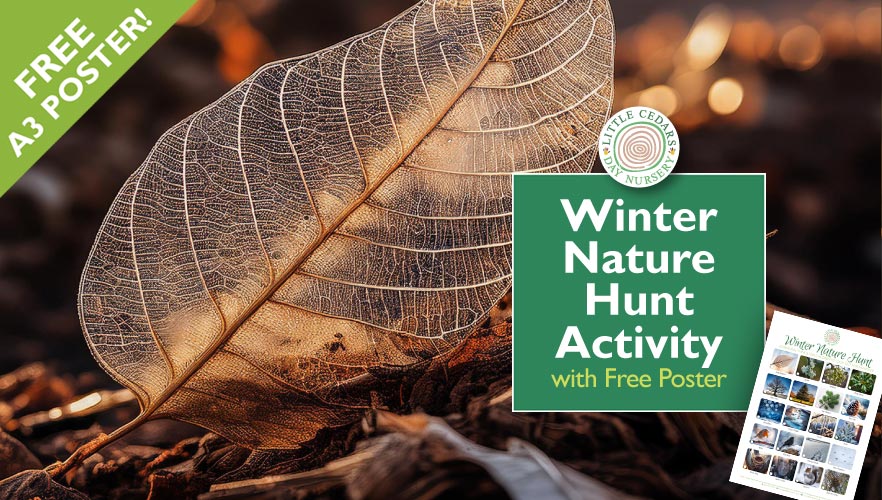
Today, we publish a free reference poster for children and families to download and use as the basis of a fun, nature-based, winter treasure hunt. It’s mid-winter right now, temperatures are low, and daylight hours are short. Families could therefore be forgiven for staying home in the warm rather than venturing out. However, if the right clothing and footwear are worn and children are supervised, there are treasures to be found and fun to be had outdoors — even this time of year. With that in mind, today’s post is here to introduce little ones to a wonderful outdoor activity that’s free and easy for them to take part in during the winter months.
“There’s no such thing as bad weather, only unsuitable clothing.” — Alfred Wainwright, walker and author.
Natural Treasures for Children to Discover in Wintertime
Has your child ever seen the intricate filigree that forms a leaf skeleton? Have they seen how stunningly beautiful a spider’s web is when it’s dripping with morning dew or encrusted in jewel-like ice crystals on a frosty morning? Have they ever seen how magical dripping icicles look when snow is beginning to melt, or discovered the tracks of a fox, deer, or bird, in the snow? Then there’s the miraculous detail that can be seen in every unique snowflake that falls. All these treasures and more are there to be discovered during winter if children and families take the time to venture out, take our poster as inspiration, and spend time actively looking. We’ve even included little tick boxes on the poster so that children/parents can tick items off as they’re discovered. Perhaps take photographs too, or get children to sketch what they’ve seen once they return home. And, of course, a few of the items can even be collected — there’s something about a pine cone that’s irresistible anyway, and how could anyone not pick up a fine example of a leaf skeleton if discovered?
Download the Free Reference Poster
Click the poster preview image to download or view in Acrobat PDF format. Posters can be printed out as large as A3. Choose your finest settings and paper if printing posters for display. Alternatively, print out smaller ones for use as handheld reference when exploring during your nature treasure hunt.
Nature is Like Food for the Soul — & Incredibly Beneficial to Children
We’ve said it before and we’ll say it again: nature is enormously beneficial to children — and to adults in fact. As well as being a healthy antidote to electronic screens, time spent in and around nature boosts well-being, reduces stress, enhances cognitive abilities and attention spans, helps children become more resilient, and has even been proven to improve test results and academic performance. Reading, writing, and arithmetic have all been seen to be improved after a child has spent time closer to nature. And, of course, outdoor exploration lends itself to better fitness, fresh air, and an element of freedom for children (under suitable supervision). Such examples are only the tip of the iceberg, however, so do read our full report, Nature & Its Incredible Importance to Children to learn much more.
More Nature Activity Posters for Children
Today’s Winter Nature Hunt poster is just one of a series of free nature-based posters and reference sheets that Little Cedars Nursery has published for children. So, also check out and download our posters for an Autumn Nature Hunt, Leaves Nature Hunt, British Butterflies, Birds, Wild Mammals, and Minibeasts. We’ll also be adding more in the future.
Children Love Nature at Little Cedars Nursery, Streatham

 We understand the importance of nature to little ones at Little Cedars Nursery in Streatham. That’s why we’re all very lucky to be located close to open, natural, spaces like Tooting Common as well as having our own planting area at the setting. Children can get hands-on experience with planting, nurturing, and eventually harvesting vegetables, which is both fun and hugely educational. Such things teach children new skills as well as informing them about the world we live in, where food comes from, how to be responsible for another living thing, and the circle of life. It’s magical!
We understand the importance of nature to little ones at Little Cedars Nursery in Streatham. That’s why we’re all very lucky to be located close to open, natural, spaces like Tooting Common as well as having our own planting area at the setting. Children can get hands-on experience with planting, nurturing, and eventually harvesting vegetables, which is both fun and hugely educational. Such things teach children new skills as well as informing them about the world we live in, where food comes from, how to be responsible for another living thing, and the circle of life. It’s magical!
If you would like to explore the possibility of your child attending Little Cedars Day Nursery in Streatham, please select a button to get started on your exploration:
Little Cedars Nursery is a high-quality nursery and preschool in Streatham, London SW16. It has a Good Provider status from Ofsted and is also conveniently located for those in Tooting, Furzedown, Balham, Norbury and Colliers Wood.
Safety Notice
Children, particularly the youngest, will need adult supervision and vigilance at all times when playing or exploring outdoors. Read our Outdoor Safety for Kids article for tips and some of the things to look out for.



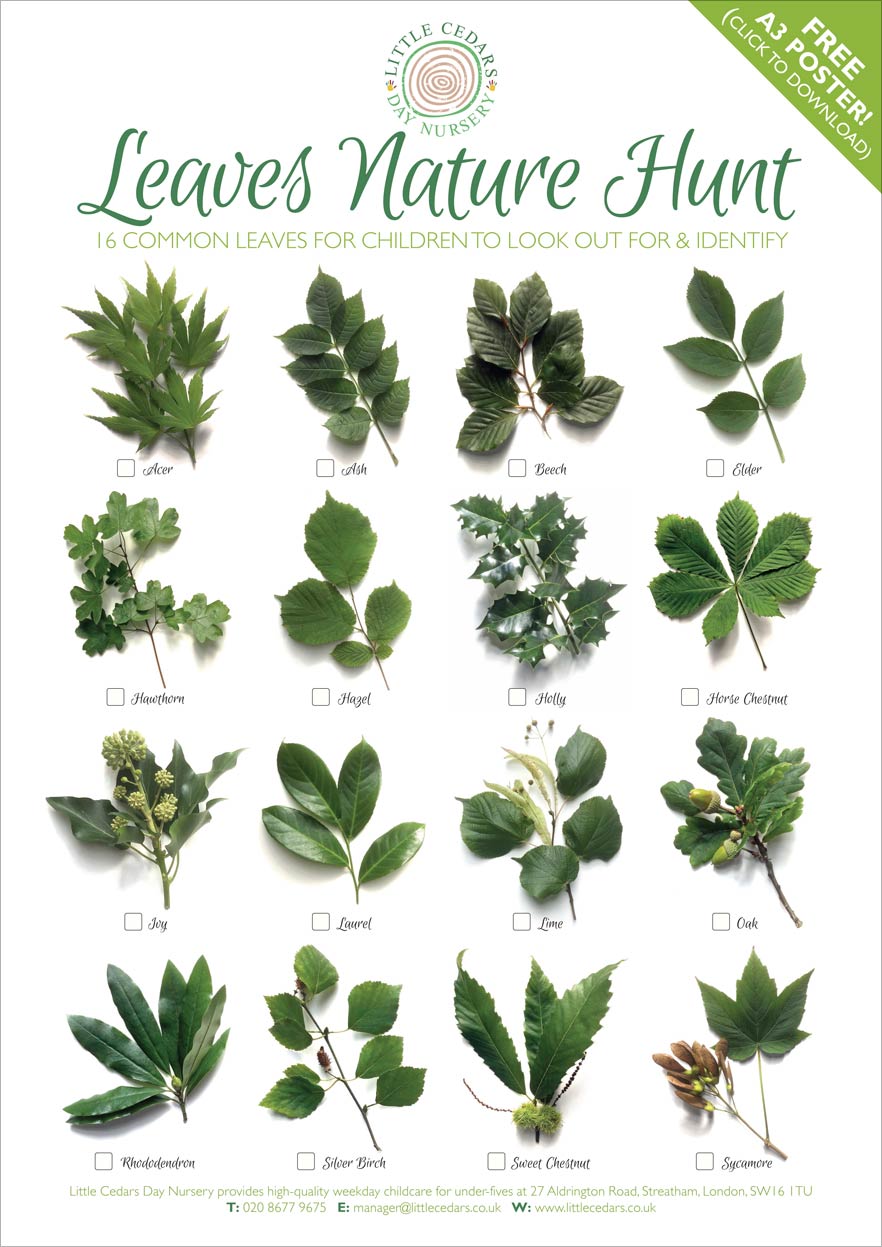

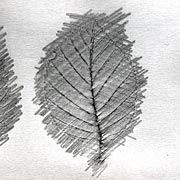
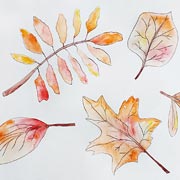
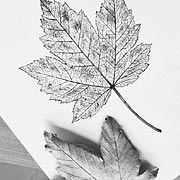


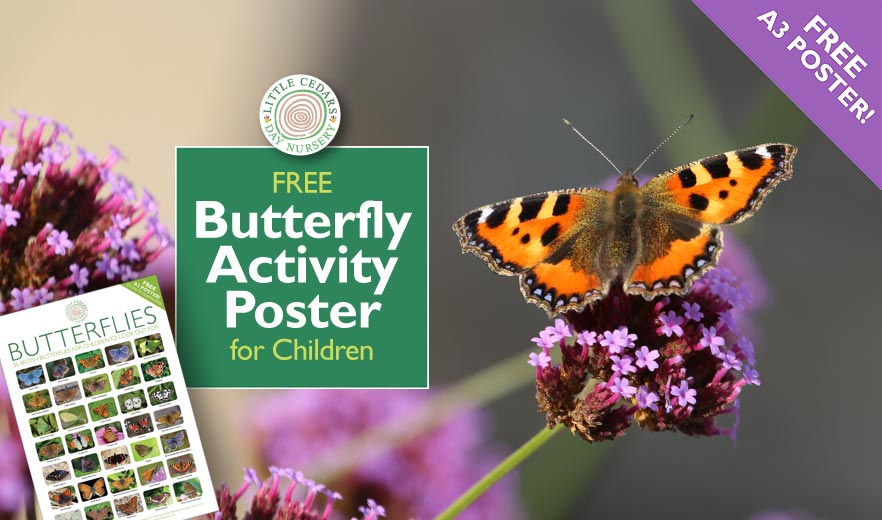
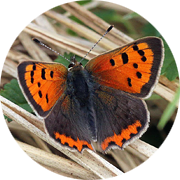 Following on from our
Following on from our 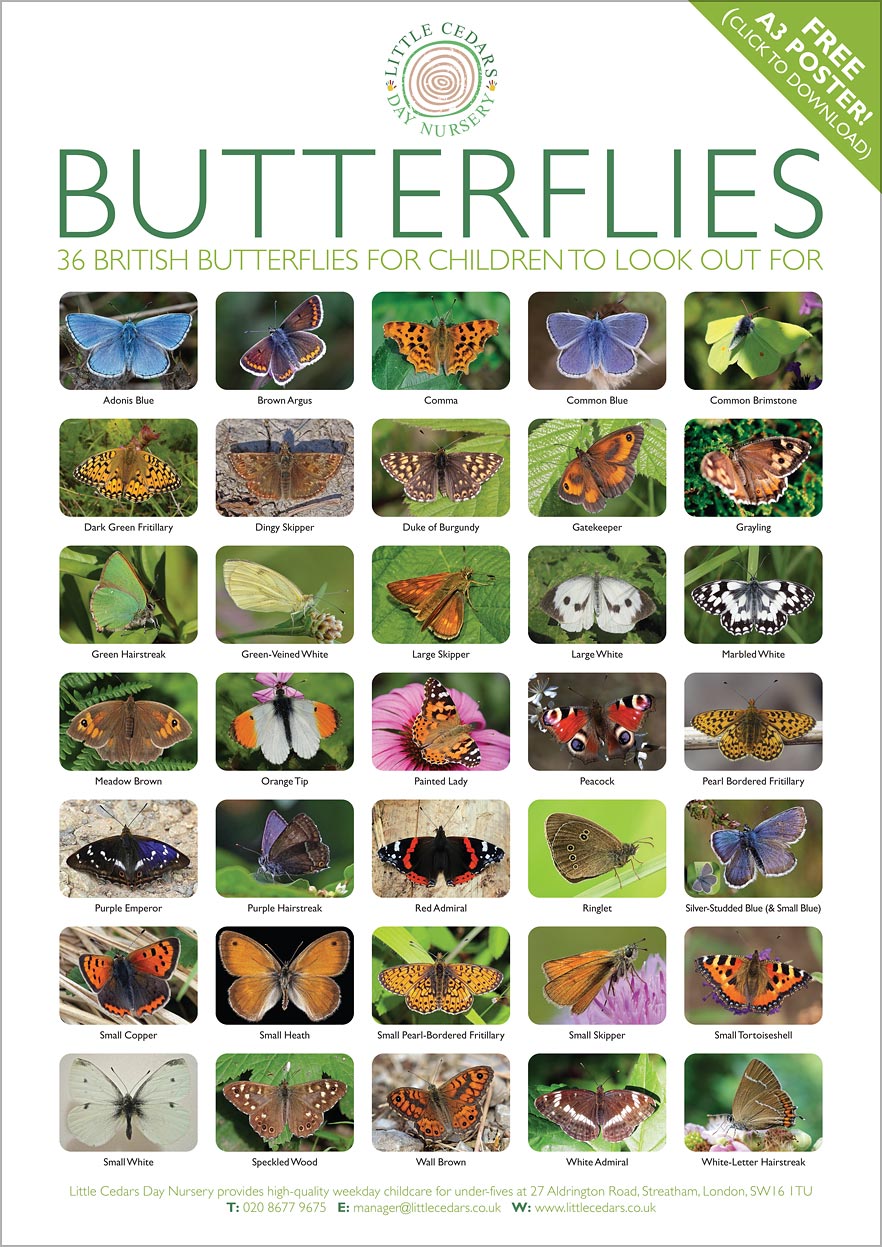
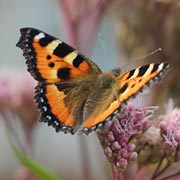 We must also add that children should be encouraged to ‘look but don’t touch’ as butterflies are very delicate creatures. Children should not try to touch or catch them — they are best left in peace as every one of them is a little individual that simply wants to go about his or her day. They’re wonderful to watch, though, and our free poster should help children and adults identify many of the different types. Perhaps see how many different species can be spotted over the course of a year. Take photos too, and compare them with friends! Some butterflies visit gardens, floral window boxes and parks while others may only be found in wilder locations in the countryside. This activity is therefore a great excuse for families to get out and explore The Great Outdoors! Recording the date and location of each butterfly spotted will also help families work out where the best butterfly-spotting locations are for next time.
We must also add that children should be encouraged to ‘look but don’t touch’ as butterflies are very delicate creatures. Children should not try to touch or catch them — they are best left in peace as every one of them is a little individual that simply wants to go about his or her day. They’re wonderful to watch, though, and our free poster should help children and adults identify many of the different types. Perhaps see how many different species can be spotted over the course of a year. Take photos too, and compare them with friends! Some butterflies visit gardens, floral window boxes and parks while others may only be found in wilder locations in the countryside. This activity is therefore a great excuse for families to get out and explore The Great Outdoors! Recording the date and location of each butterfly spotted will also help families work out where the best butterfly-spotting locations are for next time. With that in mind, why not take this activity a step further and get involved in the UK’s annual Big Butterfly Count? For 2024, it takes place between Friday the 12th of July and Sunday the 4th of August, which is when most butterflies are at their adult stage. All it takes is 15 minutes and children will love being little ‘citizen scientists’! The activity can be done in gardens, parks, school grounds or out in the countryside. Taking part will give children a real opportunity to help with butterfly conservation.
With that in mind, why not take this activity a step further and get involved in the UK’s annual Big Butterfly Count? For 2024, it takes place between Friday the 12th of July and Sunday the 4th of August, which is when most butterflies are at their adult stage. All it takes is 15 minutes and children will love being little ‘citizen scientists’! The activity can be done in gardens, parks, school grounds or out in the countryside. Taking part will give children a real opportunity to help with butterfly conservation.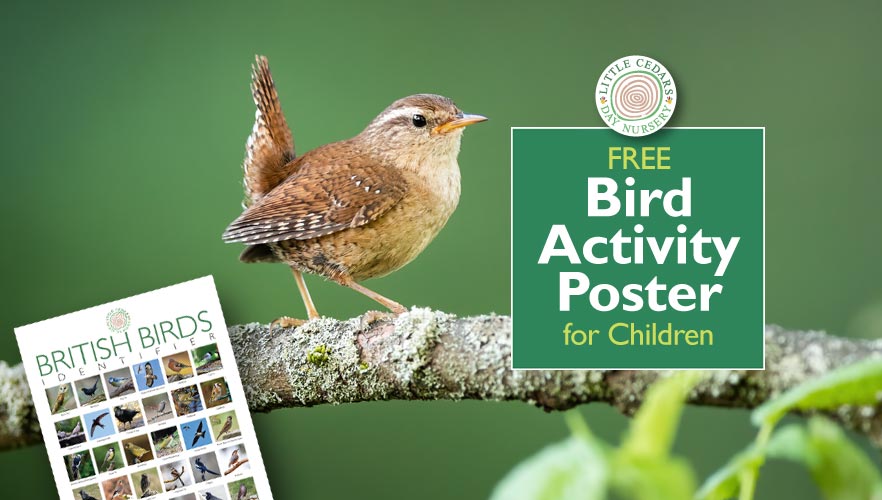
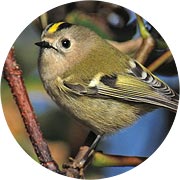 Spring arrives in the UK on 20th March, according to the meteorological calendar. As well as plants beginning to shoot, daffodils flowering and trees starting to bud, an increased number of wild birds can now be seen too. While a few overwintered here in England, many will have spent winter abroad, where it’s warmer, and only begin to return to the UK once spring begins. So, come springtime, more and more varieties of birds can be spotted — and that’s what today’s post is all about. To encourage children to appreciate, enjoy and learn from nature, we have put together a bird identifier poster that children and parents can download for free, print out to A3 or A4, or view on screen in beautiful high resolution. It highlights 37 species of bird that are popular in England, which children can try to spot as the days and weeks go by. Children can perhaps tick off each type of bird that they spot. With a little help from parents for the youngest children, this activity is a great way to teach them the different bird names and help them to recognise the different types as time goes by. It’s also a great children’s pastime that will encourage them to really appreciate nature. The A3 poster is free to download and share — simply click the preview image below to save or view it in Acrobat PDF format. Enlarge on screen for extra detail or simply print out as large as you can. Children will love this activity and feel a real sense of achievement as they learn more about these wonderful, feathered visitors.
Spring arrives in the UK on 20th March, according to the meteorological calendar. As well as plants beginning to shoot, daffodils flowering and trees starting to bud, an increased number of wild birds can now be seen too. While a few overwintered here in England, many will have spent winter abroad, where it’s warmer, and only begin to return to the UK once spring begins. So, come springtime, more and more varieties of birds can be spotted — and that’s what today’s post is all about. To encourage children to appreciate, enjoy and learn from nature, we have put together a bird identifier poster that children and parents can download for free, print out to A3 or A4, or view on screen in beautiful high resolution. It highlights 37 species of bird that are popular in England, which children can try to spot as the days and weeks go by. Children can perhaps tick off each type of bird that they spot. With a little help from parents for the youngest children, this activity is a great way to teach them the different bird names and help them to recognise the different types as time goes by. It’s also a great children’s pastime that will encourage them to really appreciate nature. The A3 poster is free to download and share — simply click the preview image below to save or view it in Acrobat PDF format. Enlarge on screen for extra detail or simply print out as large as you can. Children will love this activity and feel a real sense of achievement as they learn more about these wonderful, feathered visitors.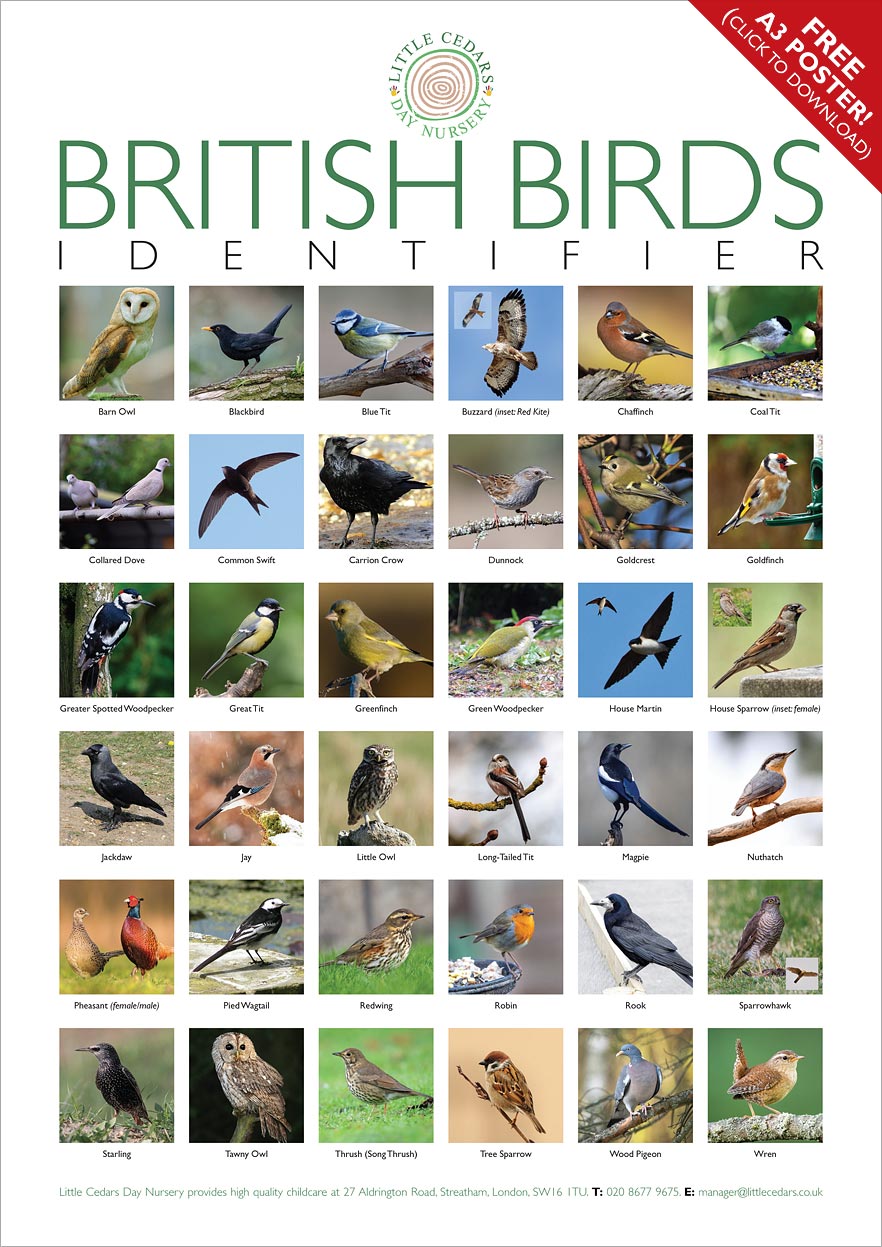
 We’ve selected our favourite birds from the hundreds of species that visit the UK each year. There was no way to fit in all of them, so we’ve picked out the most common visitors to our own gardens and nearby parks. In addition, we also added a few extra birds that would be great for children to keep a lookout for, despite a few being shy. Owls are around, for instance, coming out mostly at night. However, barn owls can be seen before dark if you know where to look (the sound of owls hooting or screeching is a dead giveaway). Buzzards, Red Kites and Sparrowhawks are more likely to be seen in the sky overhead, so we’ve shown images where their distinctive silhouettes can give their species away to the onlooker.
We’ve selected our favourite birds from the hundreds of species that visit the UK each year. There was no way to fit in all of them, so we’ve picked out the most common visitors to our own gardens and nearby parks. In addition, we also added a few extra birds that would be great for children to keep a lookout for, despite a few being shy. Owls are around, for instance, coming out mostly at night. However, barn owls can be seen before dark if you know where to look (the sound of owls hooting or screeching is a dead giveaway). Buzzards, Red Kites and Sparrowhawks are more likely to be seen in the sky overhead, so we’ve shown images where their distinctive silhouettes can give their species away to the onlooker.